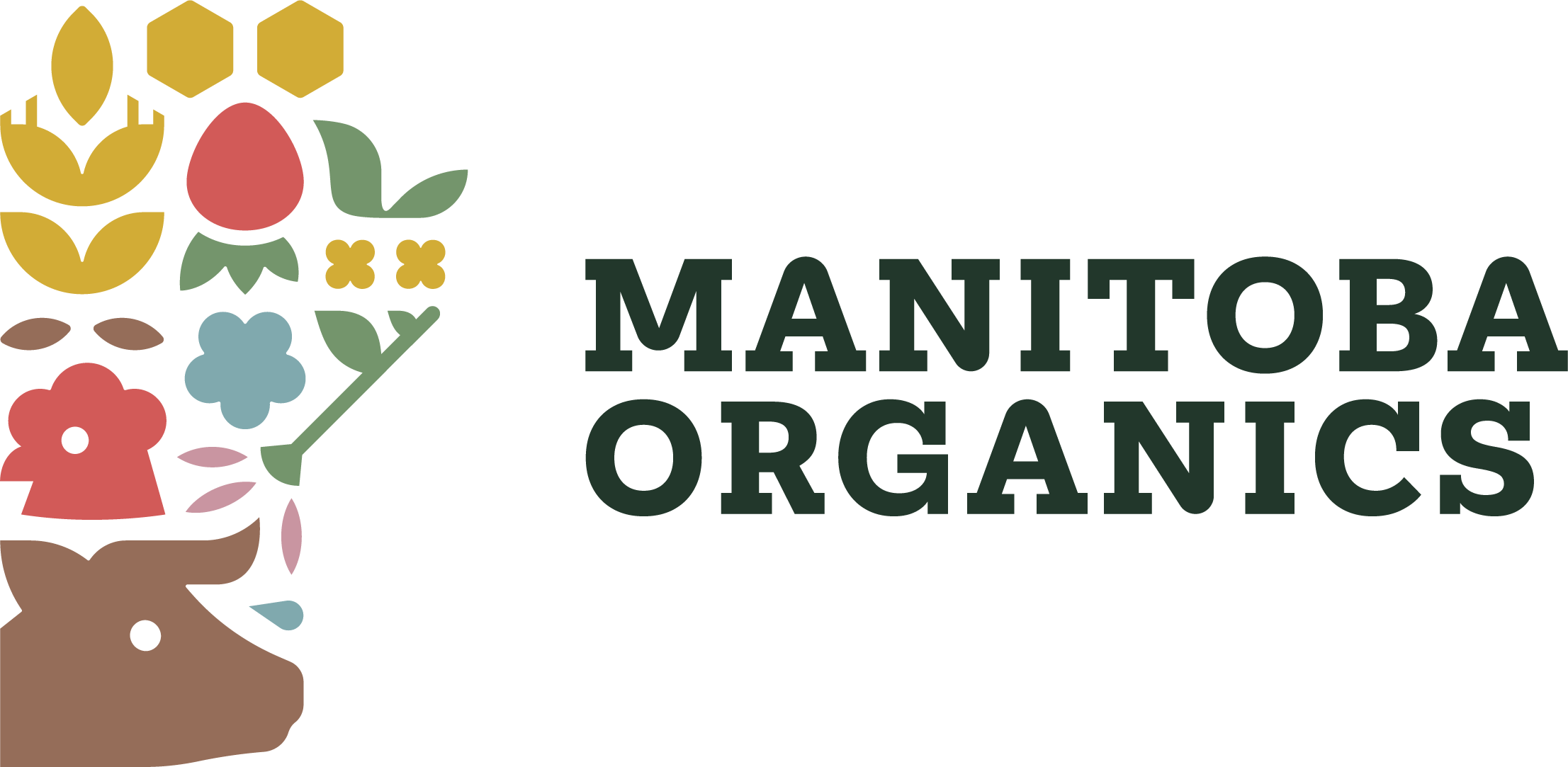Helping producers make connections for the betterment of the land, livestock and their operations!
Who We Are:
The Manitoba Grazing Exchange (MGE) was created in the fall of 2021 through a partnership between the Manitoba Organic Alliance and the Manitoba Forage & Grassland Association. Support for this project has been provided by the Conservation Trust, a Manitoba Climate and Green Plan Initiative delivered by the Manitoba Habitat Heritage Corporation. This online platform – originally developed by the South Dakota Grazing Exchange and then expanded into California’s Match.Graze – matches livestock producers and grain farmers interested in grazing both annual cover crops and perennials.
Our Goal:
The goal of the MGE is to virtually connect farmers who have available grazing pasture or cover crop fields with livestock owners/ranchers who are seeking grazing land through an interactive map. Integrating livestock onto cropland and proper grassland management are key to improving soil health.
Listed below are some important reasons why integrating livestock back onto the land is beneficial as well as a few ways to accomplish this.
How do we return livestock to the landscape?*
- Fall and winter grazing of cover crops and annual crop residues.
- Summer grazing of full season cover crops, allowing adequate plant recovery, followed by a second grazing during the fall or winter.
- Winter feeding on hayland fields by rolling out bales or bale grazing.
- Seeding rotational perennials, grazing and managing them as part of the crop rotation.
What are some of the benefits of returning livestock to the landscape?*
- Fall or winter stubble grazing converts high carbon crop residue, such as corn stalks, to low carbon organic material. This improves the carbon to nitrogen ratio needed to improve soil health and manages crop residue to facilitate no-till seeding in the spring.
- Spring or summer grazing of annual and/or perennial plants, with short grazing periods followed by long recovery and growth periods, allows the plants to regrow until frost and harvest additional sunlight and CO2.
- For organic farmers, spring or summer grazing reduces tillage and an additional post-plough down seeding pass. This not only improves soil fertility, but also reduces the farmer’s time spent on the fields and consumption of fossil fuels.
- Grazing reduces nutrient export from our cropland and hayland fields, recycling the majority of nutrients, minerals, vitamins, and carbon.
- Grazing improves soil fertility and increases organic matter. Nutrients are cycled so that they can be used to fertilize the next season’s crop, while reducing the need to apply synthetic fertilizers.
- Grazing aids in weed pressure management without the use of chemicals.
- Grazing cover crops and/or crop residues allows livestock to be taken off perennial grasslands earlier in the fall, extending the grass recovery period, and providing a more nutritious diet for livestock.
- Grazing provides a feed alternative in times of drought where feed stocks are low and provides livestock with a food source post-harvest
- Properly grazed fields and pastures can increase biodiversity.
- Grazing reduces livestock waste associated with confinement; helping manage our water quality and nutrient management concerns. It allows cattle and sheep to be herbivores by securing their energy needs from plants.
* Modified from The South Dakota Grazing Exchange
Other sources and Resources
https://www.umanitoba.ca/outreach/naturalagriculture/articles/pulse_weedcontrol.html
https://www.csuchico.edu/regenerativeagriculture/ra101-section/integrating-livestock.shtml
